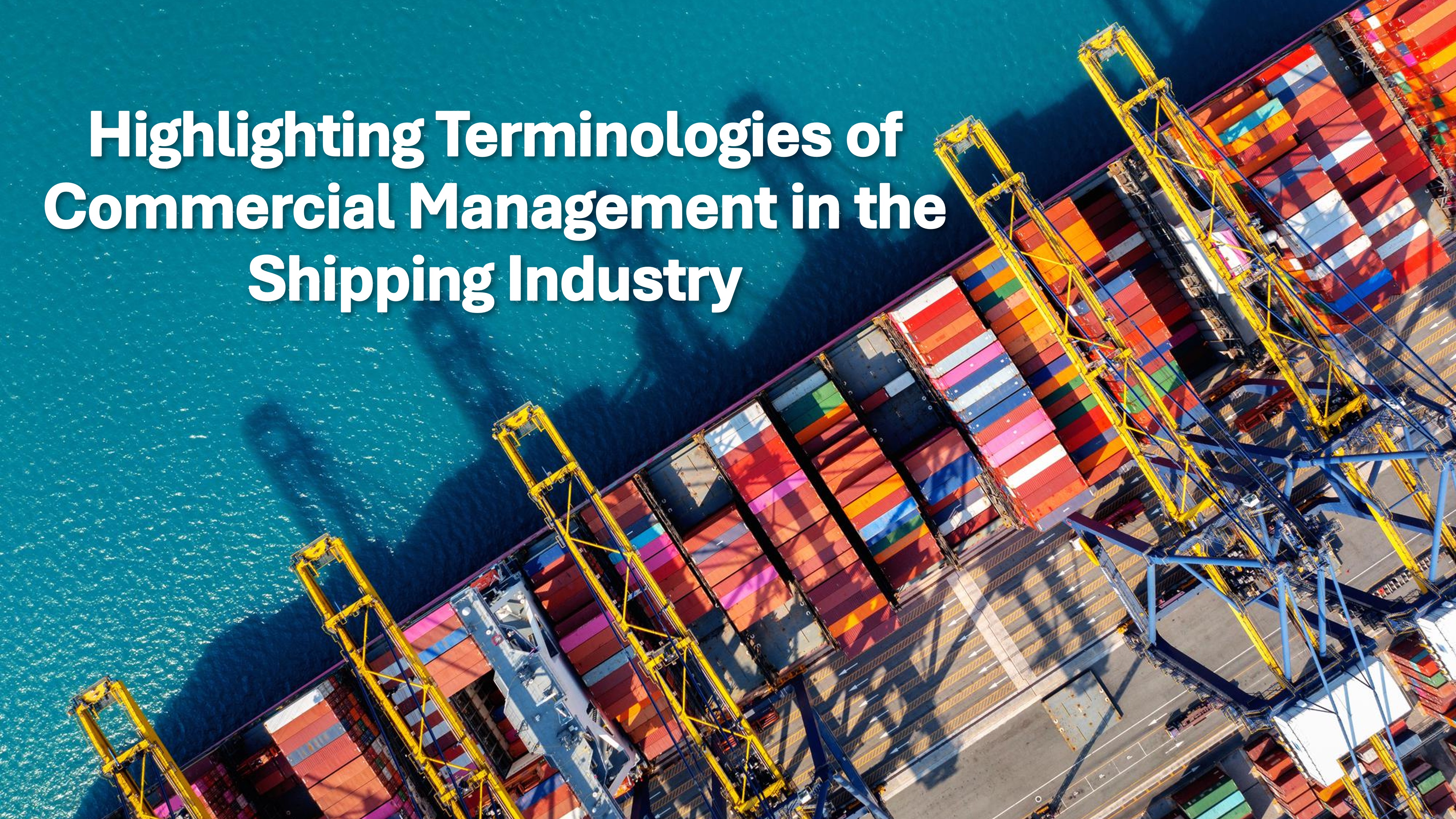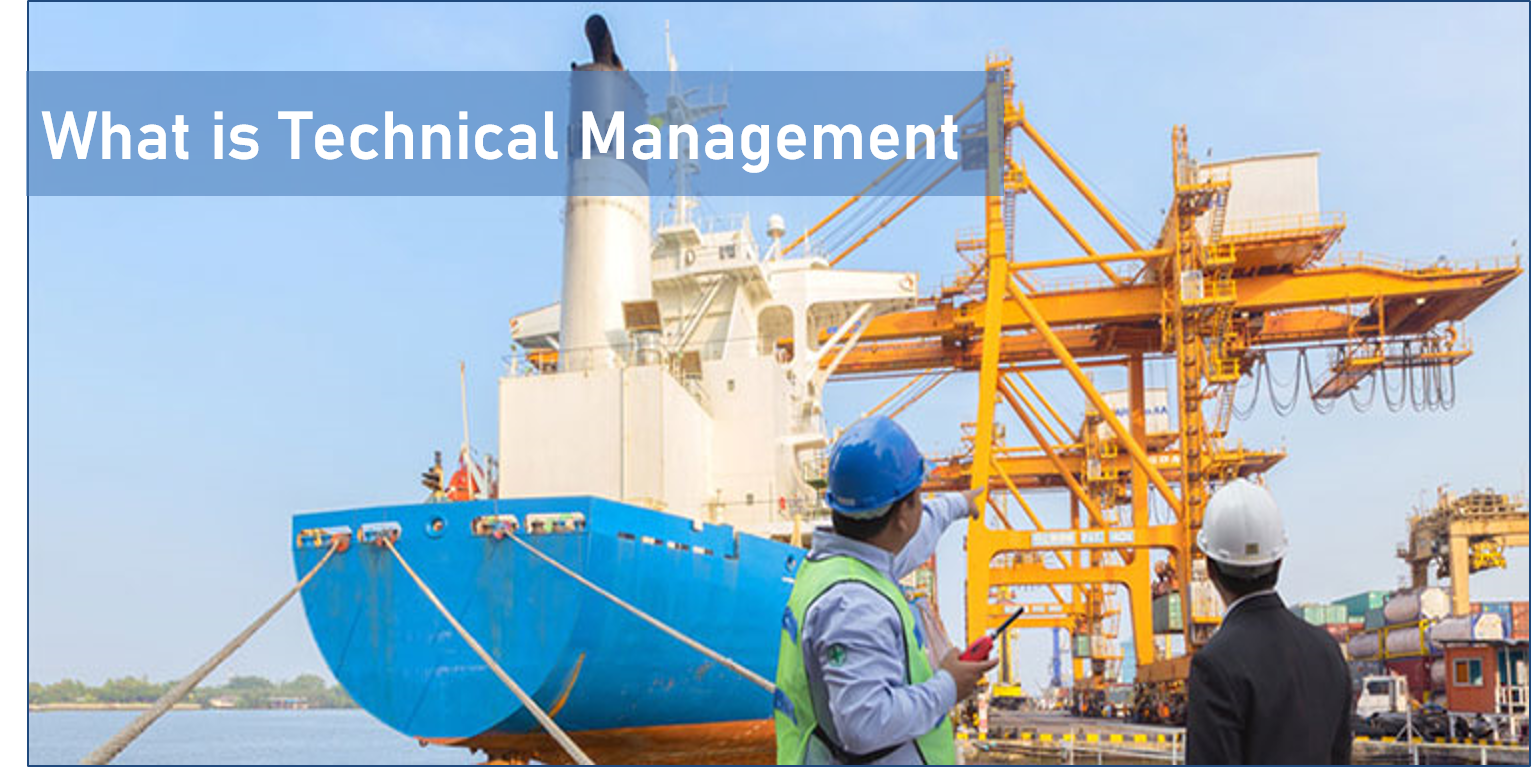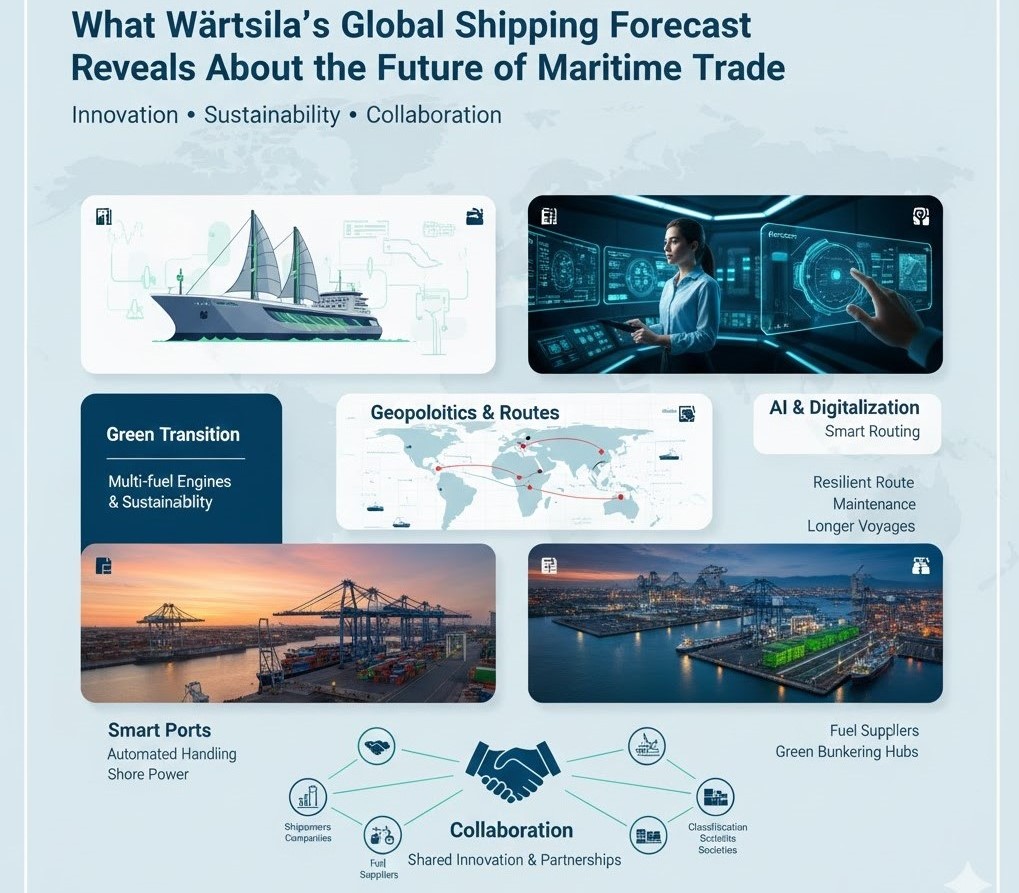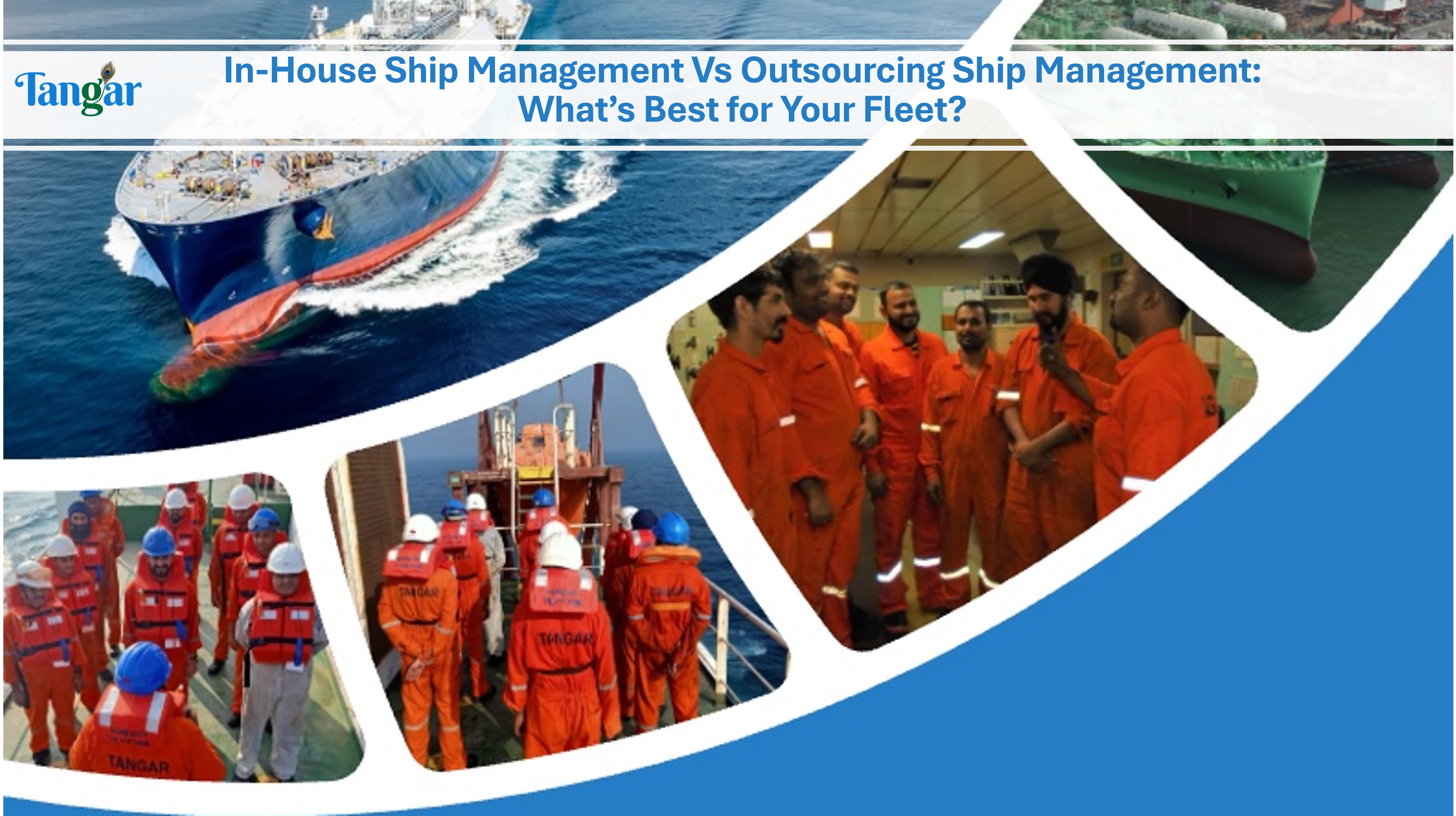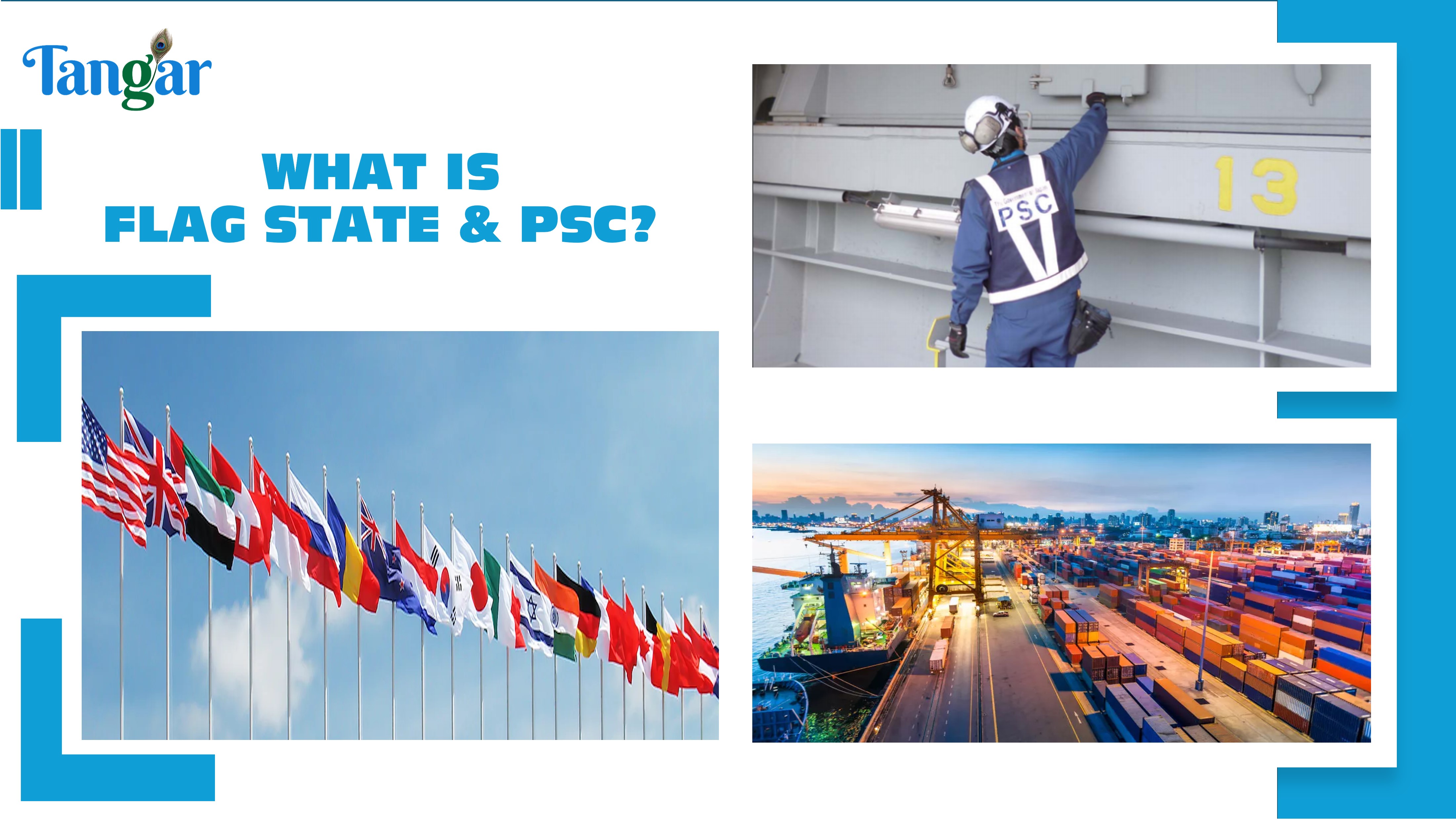
Types of Tanker VESSEL - Classification by Size and Cargo
Types of Tanker Vessels: Classification by Size and Cargo
Understanding Tanker Vessels
Tanker vessels are purpose-built ships designed to transport liquid cargoes in bulk, including crude oil, petroleum products, chemicals, liquefied gases, and edible oils. These vessels vary in size and design based on the type of cargo they carry and their operational requirements. They are broadly categorized into crude oil tankers, product tankers, chemical tankers, LNG carriers, LPG carriers, bitumen carriers, and edible oil tankers.
1. Oil Tankers
Oil tankers transport crude oil and refined petroleum products and are classified by their size:
-
Ultra Large Crude Carrier (ULCC): 320,000–550,000 DWT, over 400 meters long, designed for crude oil transport.
-
Very Large Crude Carrier (VLCC): 200,000–320,000 DWT, about 330 meters long, ideal for intercontinental crude oil transport.
-
Suezmax: 120,000–200,000 DWT, around 275 meters long, suitable for transit through the Suez Canal.
-
Aframax: 80,000–120,000 DWT, approximately 250 meters long, commonly used in regions with port restrictions.
-
Panamax: 50,000–80,000 DWT, 200–250 meters long, optimized for Panama Canal transit.
-
Handysize: 10,000–50,000 DWT, under 200 meters long, used for short-haul refined product transport.
2. Product Tankers
Product tankers are designed to carry refined petroleum products such as gasoline, diesel, and jet fuel. They are classified as:
-
Medium Range (MR) Tankers: 25,000–50,000 DWT, 175–200 meters long, the most common class used for regional and short-sea routes.
-
Long Range 1 (LR1): 45,000–80,000 DWT, 200–250 meters long, capable of transporting larger cargo volumes over extended distances.
-
Long Range 2 (LR2): 80,000–160,000 DWT, 250–300 meters long, often used for long-haul routes and light crude oil transport.
3. Chemical Tankers
Chemical tankers are built with specialized containment and safety features to transport hazardous chemicals. They are categorized based on safety requirements:
-
IMO Type 1: Highest safety standards for the most hazardous chemicals.
-
IMO Type 2: Designed for moderately hazardous chemicals.
-
IMO Type 3: Suitable for the least hazardous chemicals.
Chemical tankers are further classified by size:
-
Small Chemical Tankers: 5,000–25,000 DWT, 120–180 meters long, transporting acids, solvents, and alcohols.
-
Medium Chemical Tankers: 25,000–40,000 DWT, 150–200 meters long, also used for edible oils and refined products.
-
Large Chemical Tankers: Over 40,000 DWT, 200–250 meters long, carrying chemicals and refined petroleum products.
4. Liquefied Natural Gas (LNG) Carriers
LNG carriers transport natural gas in its liquefied form at -160°C. They are equipped with insulated containment systems to maintain low temperatures.
-
Capacity: 125,000–266,000 cubic meters
-
Length: Around 300 meters
-
Cargo: Liquefied natural gas (LNG)
-
Details: The largest LNG carriers, known as Q-Max, can transport up to 266,000 cubic meters of LNG.
5. Liquefied Petroleum Gas (LPG) Carriers
LPG carriers transport liquefied gases such as propane, butane, and other hydrocarbons. They are classified into three types based on containment methods:
-
Fully Pressurized Carriers: Up to 4,000 cubic meters, maintaining LPG in liquid form through pressure.
-
Semi-Pressurized/Refrigerated Carriers: Up to 15,000 cubic meters, combining pressure and refrigeration for efficient transport.
-
Fully Refrigerated Carriers: Up to 90,000 cubic meters, used for large-scale, long-haul LPG transport.
LPG carriers are further divided into:
-
Small LPG Carriers: 1,000–10,000 cubic meters, about 100 meters long, used for coastal LPG transport.
-
Handysize LPG Carriers: 10,000–35,000 cubic meters, 120–170 meters long, used for regional LPG shipping.
-
Very Large Gas Carriers (VLGCs): 80,000–100,000 cubic meters, 230–250 meters long, used for long-distance LPG transport.
6. Shuttle Tankers
Shuttle tankers are designed to transport crude oil from offshore platforms to refineries or onshore terminals.
-
Capacity: 80,000–150,000 DWT
-
Length: 250–300 meters
-
Cargo: Crude oil
-
Details: Equipped with Dynamic Positioning (DP2) systems to maintain position while loading from offshore facilities, these vessels operate in harsh environments.
Conclusion
Tanker vessels play a crucial role in the global shipping industry, ensuring the efficient transport of liquid cargoes across the world. They are designed with specific capacities, containment systems, and operational capabilities to meet the needs of different cargo types. Whether transporting crude oil, refined products, chemicals, or liquefied gases, each tanker type serves a specialized function in international trade and energy supply chains.

